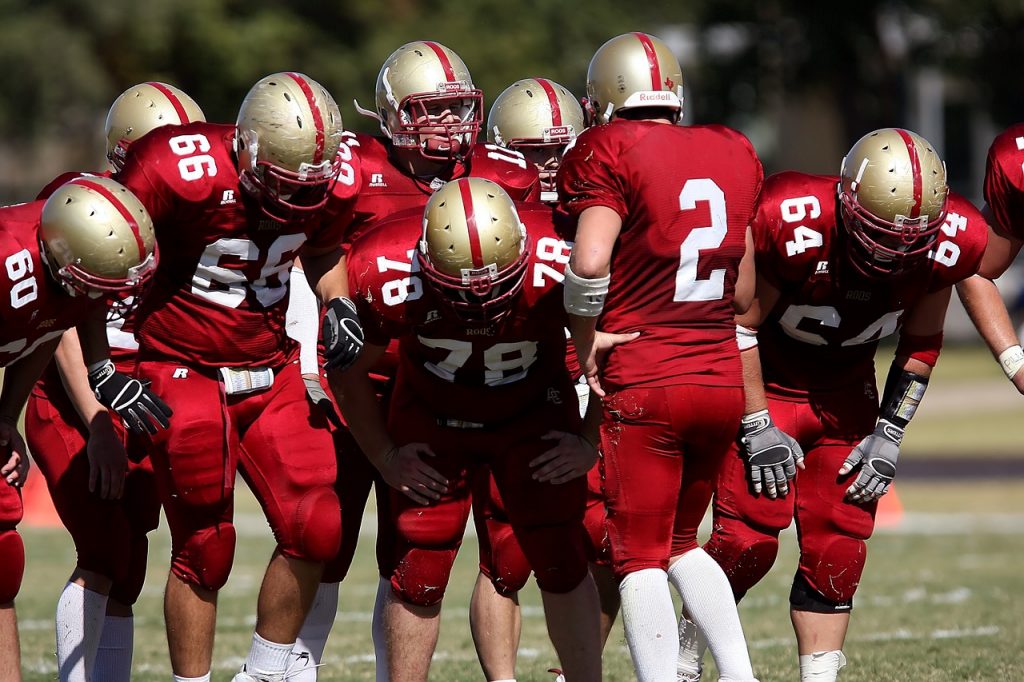Workers often complain that meetings waste too much of their day. Work time spent in meetings has increased over the past 20 years, and a Harvard Business Review survey found over 70% of senior leaders believe meetings keep them from completing their work. We at Lean East believe that one meeting is more important than others for a team – the team huddle (or scrum meeting).
Our team has worked with many organizations over the years and supported implementing and improving huddles. A well-run huddle is likely the single most effective meeting a leader will have with a team. We will answer eight common questions about huddles to help leaders and teams maximize the benefits.
-
What is the difference between a huddle and a scrum meeting?
Let’s begin by clarifying the difference between a huddle and a scrum meeting. They are the same thing. If you are involved in Agile development you call your team huddle a scrum meeting and the leader of the meeting a Scrum Master.
-
What is a good agenda for a huddle meeting?
The goal of a huddle is to achieve understanding and alignment of the team priorities so the team can get focused on the work as soon as possible.
Here is an example of a basic huddle agenda we have used in the past:
- Brief update on results from the previous period. Results are usually summarized while looking at metrics on a huddle board.
- Sharing of priorities and schedules for the upcoming period. This can either be shared by the leader or shared by each team member present at the huddle. Priorities may be updated on a huddle board so they can be referred to during the day and at the next huddle meeting.
- Any risks or issues that need to be addressed. Items are typically documented, but not addressed and discussed during the huddle.
An agile Scrum Master typically asks each team member the following three questions:
- What did you do during your last work period?
- What will you do in the current work period?
- Are there any impediments in your way?
Do not use the meeting as a forum to solve problems or resolve issues!
-
When and how often should you hold your huddle meeting?
Hold the meeting as often as there are changes to the items on the agenda above.
Most teams hold a daily meeting at the beginning of the weekday. Organizations that operate year-round on a 24-7 schedule (power plants, hospitals, many large manufacturers) will often hold huddles at the beginning of every 8 or 12-hour work shift. Other teams find a weekly huddle is enough to keep a project on schedule and the team aligned.
Whatever the period, it is very important that the team develops the huddle into a habit and holds the huddle at a consistent time when all team members can attend. This is often at the start of the work period.

-
Who should participate in a huddle meeting?
Participants in the meeting should represent the interests of an individual or group. A daily huddle in a hospital might include a person representing each unit and a team leader. A manufacturing team huddle might include the foreman for each area along with representatives supporting safety, quality or engineering. It is common to invite guests to the meeting (or allow guests to attend) but not allow them to participate as speakers.
A scrum meeting often includes every lead developer on the team and the scrum master. The product owner and guests are always welcome, but only if they are sticking with the agenda and meeting guidelines.
A good meeting will have between four and eight people participating. If you have more than eight people involved, try to have representatives attend the meeting to participate on behalf of the group. For example, three engineers who support manufacturing might have one representative attend the meeting to speak for the group and share information with her colleagues.
-
How long should the meeting last?
Your huddle must be highly focused and short to be effective. A typical team huddle or scrum meeting should last between 5 and 15 minutes. A simple formula to determine the optimal time for your team is 1.5 minutes per attendee + 3 minutes. Using this formula, a 4-person team would meet for about 7 minutes and an 8-person team for about 13 minutes.
Always start the meeting on time (even if team members are still walking to the meeting) and do not revisit topics that people may have missed. This behavior will train people to show up on time.
Always stick to the agenda. If topics require follow-up meetings between individual members call that out as an action and move on. You can use a “parking lot” for issues that come up at the meeting and need to be addressed later. We recommend ground rules that encourage meeting participants to call-out any unnecessary conversation that is off-topic. For example, if a topic belongs in the parking lot allow people to call that out so the team can move forward.
Some people use simple timers at the meeting to limit people to just one minute of conversation. This will encourage people to come to the meeting prepared.
-
Where should you hold the meeting?
A huddle is best as a stand-up meeting in the workplace. When working at a small manufacturer, we would hold this meeting in an area between two manufacturing areas. Our department leaders met daily and any worker was asked to join the meeting if they had issues or topics to share. It was our practice to always give priority to a worker who joined the meeting to share an issue.
Teams from multiple locations or with remote workers can hold a meeting via a phone call, screen share, or video conference. Phone or video calls are less effective than meeting in person, and technology issues can often lead to distractions. The key is to follow the agenda, participation and timing rules we have discussed previously.
-
How should you keep and share meeting minutes?

Huddles are short, frequent meetings and should not require meeting minutes that are later emailed to the team. Rather than send minutes, it is better to track the team input and how it changes the plan for the project, production schedule, etc. during the meeting.
A best practice is to hold the meeting while reviewing a production or project board. Some teams use whiteboards that contain the data and/or plans from the last period and notes about the upcoming work. Other teams update on-line project plans developed using specialized project management software.
We recommend that on-line or physical meeting boards be shared with the entire team. Anybody who misses the meeting or wants to view current progress should have “read” access to the information. We recommend that only the leader and team members have “write” access and the ability to update the information.
-
What common problems derail the huddle?
Avoid these common problems with a team huddle or scrum meeting:
- More than one person speaking at a time. The huddle leader needs to keep people on the agenda and minimize side-bar conversations that derail meetings.
- Team members not being prepared. Once the huddle becomes an established routine, everyone should know the agenda and come prepared with what they need to report for the meeting. A good leader will correct the bad habits of poorly prepared employees in a separate 1-on-1 meeting.
- Not starting and ending on time. Be sure you have a plan for the meeting starting on time. Some huddles don’t have leaders and whoever is present starts the meeting on-time even if everyone isn’t present. If you do have a huddle leader ensure there is a contingency plan for a situation when the leader is not on time.
- Making your huddle the only team meeting. Sticking to the agenda and keeping the meeting short is much easier to accomplish when the team has other regularly scheduled key meetings to discuss strategy, projects, etc. Don’t let these topics sneak into the huddle.
- Not having fun. Find ways to spice up the huddle and have fun with the team. Share a joke of the day or inspirational quote. Have a moment of recognition for a team member at every meeting. But don’t hijack the agenda with your fun.
Do you have a huddle on your team? Please share in the comment section below what works well and what doesn’t for your team, and any additional questions we didn’t address in this post.


Related Posts
The God Complex: Why We’re All Making This One Mistake
How I am Changing the Career Advice I Give My Kids
This is Never Going to Work: Getting Lean Projects Unstuck